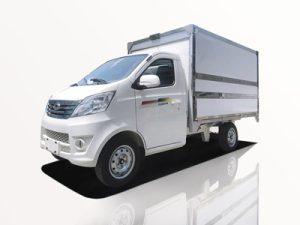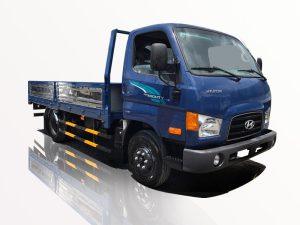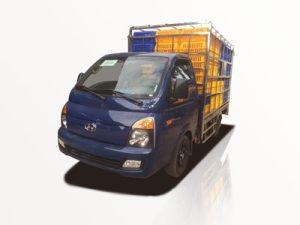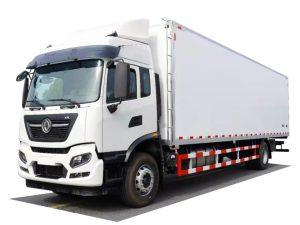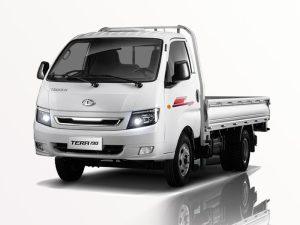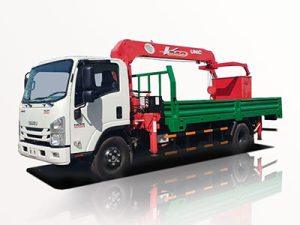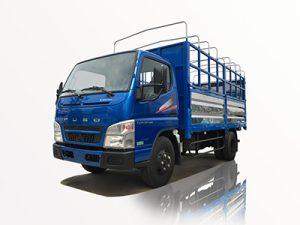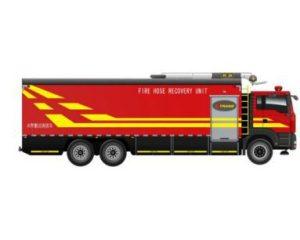Monday to Saturday - 8:00 -17:30
Understanding Kei Truck Payload Capacity: A Comprehensive Guide
Kei trucks, or Japanese mini trucks, are popular for their compact size, fuel efficiency, and versatility. Designed for both personal and commercial use, knowing the payload capacity of these vehicles is crucial for maximizing their potential. In this article, we will dive deep into the world of kei trucks, providing ample insights into their payload capacities, and discussing practical tips, comparisons, and frequently asked questions.
What is a Kei Truck?
Kei trucks are small, lightweight vehicles that originated in Japan. They are regulated under specific size and engine capacity limits, making them an excellent choice for navigating urban environments. With their unique design, kei trucks are commonly used for various applications, including agriculture, delivery, and personal transport.
The History of Kei Trucks
Introduced in the post-war era of Japan, kei trucks were designed to promote affordable and practical transportation solutions. They became popular due to their efficient fuel consumption, compact design, and ease of parking in crowded areas.
Key Features of Kei Trucks
- Compact Size: Generally measuring about 3.4 meters in length and 1.4 meters in width.
- Excellent Fuel Economy: Most kei trucks offer impressive mileage due to their small engines.
- Lightweight Construction: Weighing roughly 1,500 to 2,000 pounds, kei trucks can carry substantial loads despite their size.
- Versatile Design: Available in various configurations, including flatbeds and enclosed cargo areas.
Understanding Payload Capacity
Payload capacity refers to the maximum weight a vehicle can safely carry, including cargo and passengers. This specification is crucial for ensuring the safety and efficiency of any vehicle, especially for commercial use.
Why is Payload Capacity Important?
Overloading a vehicle can lead to various issues, such as decreased handling control, increased wear and tear, faster fuel consumption, and potential legal issues. Understanding the payload capacity of kei trucks helps owners make informed decisions regarding load management.
How is Payload Capacity Calculated?
The payload capacity can be determined by subtracting the vehicle’s curb weight (the weight of the vehicle without cargo or passengers) from its Gross Vehicle Weight Rating (GVWR) assigned by the manufacturer.
Typical Payload Capacity of Kei Trucks
The payload capacity of kei trucks can vary based on the model and manufacturer’s specifications. Typically, most kei trucks have a payload capacity ranging from 350 kg (770 lbs) to 500 kg (1,102 lbs).
Examples of Popular Kei Truck Models and Their Payload Capacities
| Model | Payload Capacity (kg) | Engine Type |
|---|---|---|
| Suzuki Carry | 350 | 660cc, 3-cylinder |
| Daihatsu Hijet | 400 | 660cc, 3-cylinder |
| Honda Acty | 500 | 660cc, 4-cylinder |
| Subaru Sambar | 350 | 660cc, 3-cylinder |
| Isuzu Elf | 750 | 1000cc |
Factors Affecting Payload Capacity
Several factors impact the payload capacity of kei trucks, including:
1. Vehicle Design and Configuration
The design (flatbed, box truck, etc.) and overall configuration can influence the effective payload capacity.
2. Weight of Additional Equipment
Accessories like lift kits, bed liners, or toolboxes can add weight, thus reducing available payload capacity.
3. Type of Cargo
Different types of cargo may require different handling and weight distributions, necessitating adjustments in how loads are carried.
Tips for Maximizing Kei Truck Payload Capacity
To ensure you’re using your kei truck effectively, consider the following tips:
1. Regular Weight Checks
Weigh your cargo to ensure it does not exceed the maximum payload capacity.
2. Distribute Weight Evenly
Distributing weight evenly across the truck can enhance handling and reduce strain on the suspension.
3. Utilize Proper Tie-Down Techniques
Secure your loads correctly to prevent shifting during travel, affecting not just payload capacity but safety, too.
4. Monitor Vehicle Condition
Regular maintenance ensures that the vehicle is capable of handling the intended payload without compromising safety.
5. Know Local Regulations
Different regions may have specific regulations regarding payload, so familiarize yourself with local laws.
Common Uses for Kei Trucks
Due to their versatility, kei trucks find usage across many sectors:
Agriculture
Farmers often use kei trucks for transporting produce, tools, and livestock feed across smallholdings.
Delivery Services
Small businesses utilize kei trucks for deliveries, taking advantage of their compact size for urban driving.
Construction
Mechanics and contractors often leverage kei trucks to transport tools and equipment for small-scale projects.
Waste Management
Kei trucks are often used in local waste collection, providing an economical option for municipalities.
FAQ Section
1. What is the average payload capacity of a kei truck?
The average payload capacity typically ranges from 350 kg to 500 kg, depending on the specific model.
2. Can I overload a kei truck?
While it may be tempting, overloading a kei truck can lead to safety risks and legal repercussions.
3. How do I determine my kei truck’s curb weight?
Your kei truck’s manual usually provides the curb weight information or visit the manufacturer’s website for specifications.
4. Are there different kei truck models tailored for specific industries?
Yes, various kei truck models have design features that cater to specific industries such as agriculture, delivery, and construction.
5. How can I safely increase the payload capacity of my kei truck?
Improving the suspension and using stronger tires can help, but consult a professional to ensure safety standards are met.
6. Where can I find more information on kei trucks?
Manufacturer websites, automotive forums, and local dealerships are great resources for in-depth information on kei trucks.
Understanding the payload capacity of kei trucks is essential for maximizing their potential in various applications. With proper knowledge, you can utilize these versatile vehicles effectively and safely while adhering to legal regulations.


